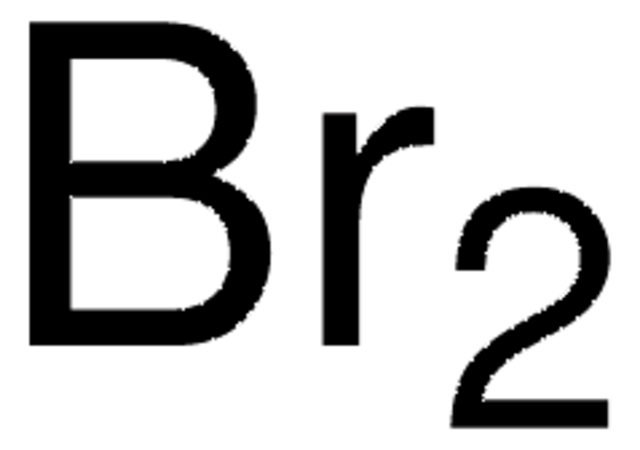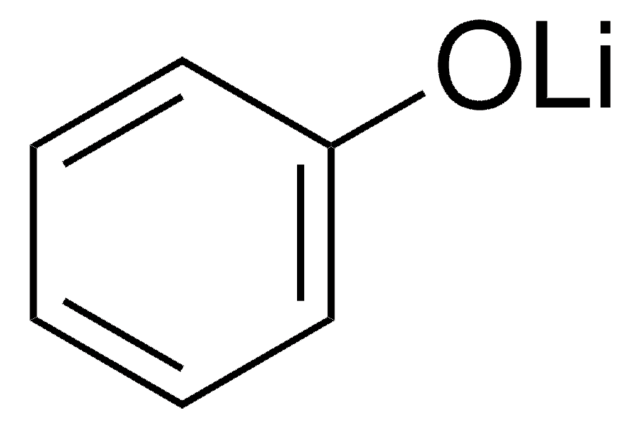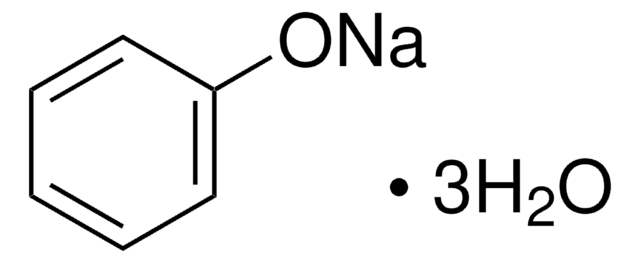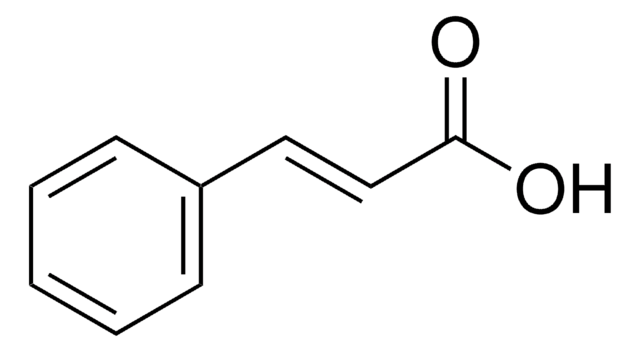470864
Bromine
≥99.99% trace metals basis
Synonyme(s) :
Dibromine
About This Item
Produits recommandés
Densité de vapeur
7.14 (vs air)
Pression de vapeur
175 mmHg ( 20 °C)
671 mmHg ( 55 °C)
Pureté
≥99.5% (by Na2S2O3, titration)
≥99.99% trace metals basis
Résistivité
7.8E18 μΩ-cm, 20°C
Impuretés
≤0.001% I2
≤0.001% S compounds
<100 ppm total metallic impurities
Résidus d'évap.
≤0.005%
Point d'ébullition
58.8 °C (lit.)
Pf
−7.2 °C (lit.)
Densité
3.119 g/mL at 25 °C (lit.)
Traces d'anions
chloride (Cl-): ≤0.05%
Traces de cations
Ni: ≤5 ppm
heavy metals: ≤2 ppm
Chaîne SMILES
BrBr
InChI
1S/Br2/c1-2
Clé InChI
GDTBXPJZTBHREO-UHFFFAOYSA-N
Vous recherchez des produits similaires ? Visite Guide de comparaison des produits
Application
It can be used:
- To brominate alkylbenzenes at the benzylic position using photocatalytic conditions.
- To prepare brominated aromatic compounds by electrophilic aromatic substitution reactions in the presence of Lewis acid catalysts.
- For the bromination of carbonyl compounds at a carbonyl group via Hell-Volhard-Zelinski reaction in the presence of phosphorus trihalides.
- To prepare isocyanates, carbamates, or amines by reacting with primary amides in the presence of base via Hofmann rearrangement.
Autres remarques
Mention d'avertissement
Danger
Mentions de danger
Classification des risques
Acute Tox. 1 Inhalation - Aquatic Acute 1 - Eye Dam. 1 - Skin Corr. 1A
Code de la classe de stockage
6.1B - Non-combustible acute toxic Cat. 1 and 2 / very toxic hazardous materials
Classe de danger pour l'eau (WGK)
WGK 2
Point d'éclair (°F)
Not applicable
Point d'éclair (°C)
Not applicable
Équipement de protection individuelle
Faceshields, Gloves, Goggles
Certificats d'analyse (COA)
Recherchez un Certificats d'analyse (COA) en saisissant le numéro de lot du produit. Les numéros de lot figurent sur l'étiquette du produit après les mots "Lot" ou "Batch".
Déjà en possession de ce produit ?
Retrouvez la documentation relative aux produits que vous avez récemment achetés dans la Bibliothèque de documents.
Notre équipe de scientifiques dispose d'une expérience dans tous les secteurs de la recherche, notamment en sciences de la vie, science des matériaux, synthèse chimique, chromatographie, analyse et dans de nombreux autres domaines..
Contacter notre Service technique






